PLAY PATCHES
Stitching communities together through small-scale play
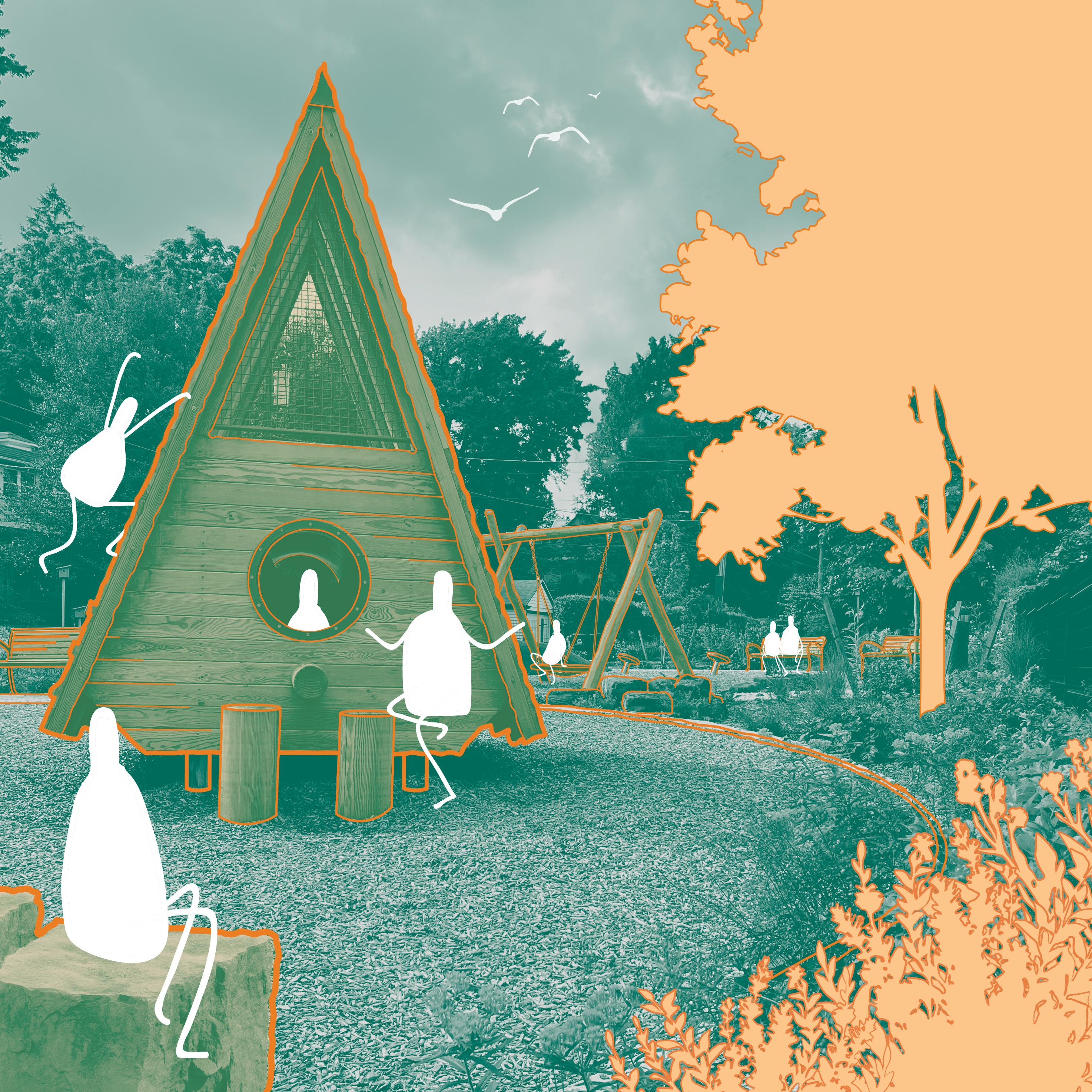
MAKING SPACE FOR PLAY: Volume One

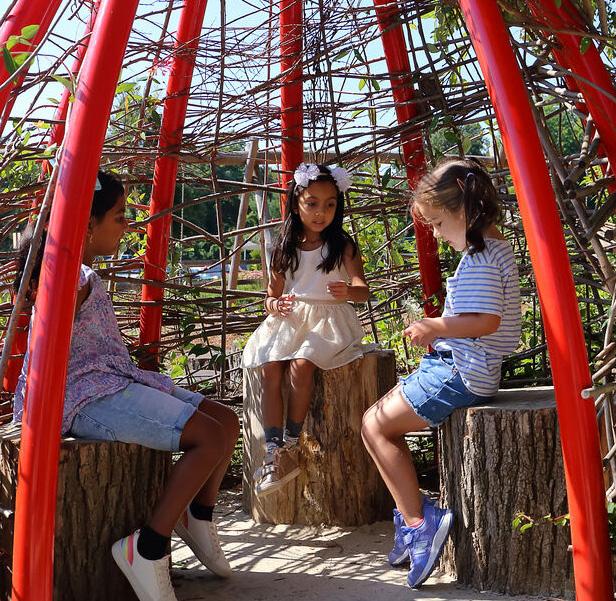

Stitching communities together through small-scale play

MAKING SPACE FOR PLAY: Volume One


STUDIO LUDO is a 501(c)3 woman-led non-profit founded in 2015 whose mission is building better play through research, advocacy, and design.
We are architects, landscape architects, city planners, and social scientists who have collected user demographics, physical activity, and play behavior data on over 60,000 people in 100 play environments across the US and UK.
This dataset is the most current picture of behavior and user preference in play environments in the world, and directly influences all of our play space designs, from rooftops, to schoolyards, to neighborhood parks, to large scale destination playgrounds.
We regard play as a primary way that humans learn and connect.
We believe play to be a cross-generational and tolerance building aspect of living in community together. Play builds grit, prevents burnout, ignites joy through movement, and helps us become better people together.
In a world that is increasingly segregated and divided, play can stitch our communities together again, helping us find common cause through shared joy, laughter, and connection.
Play can happen anywhere - in your home, on your stoop, in your garden, or on your street. But play opportunities are not equal. Everyone deserves space to play, regardless of age, gender, race, or class.
Public play spaces are essential building blocks of a thriving society. They provide opportunities for physical wellness, social cohesion, and emotional health for people of all ages.
Play is the one of the best investments that we can make in community health.
Our studies show that playgrounds serve more people than almost any other public space amenity, after pools and gyms. Play gets people to move more, connect more, and spend more time outdoors, laying the foundation for a lifetime of health and happiness.
LANSDOWNE, PA
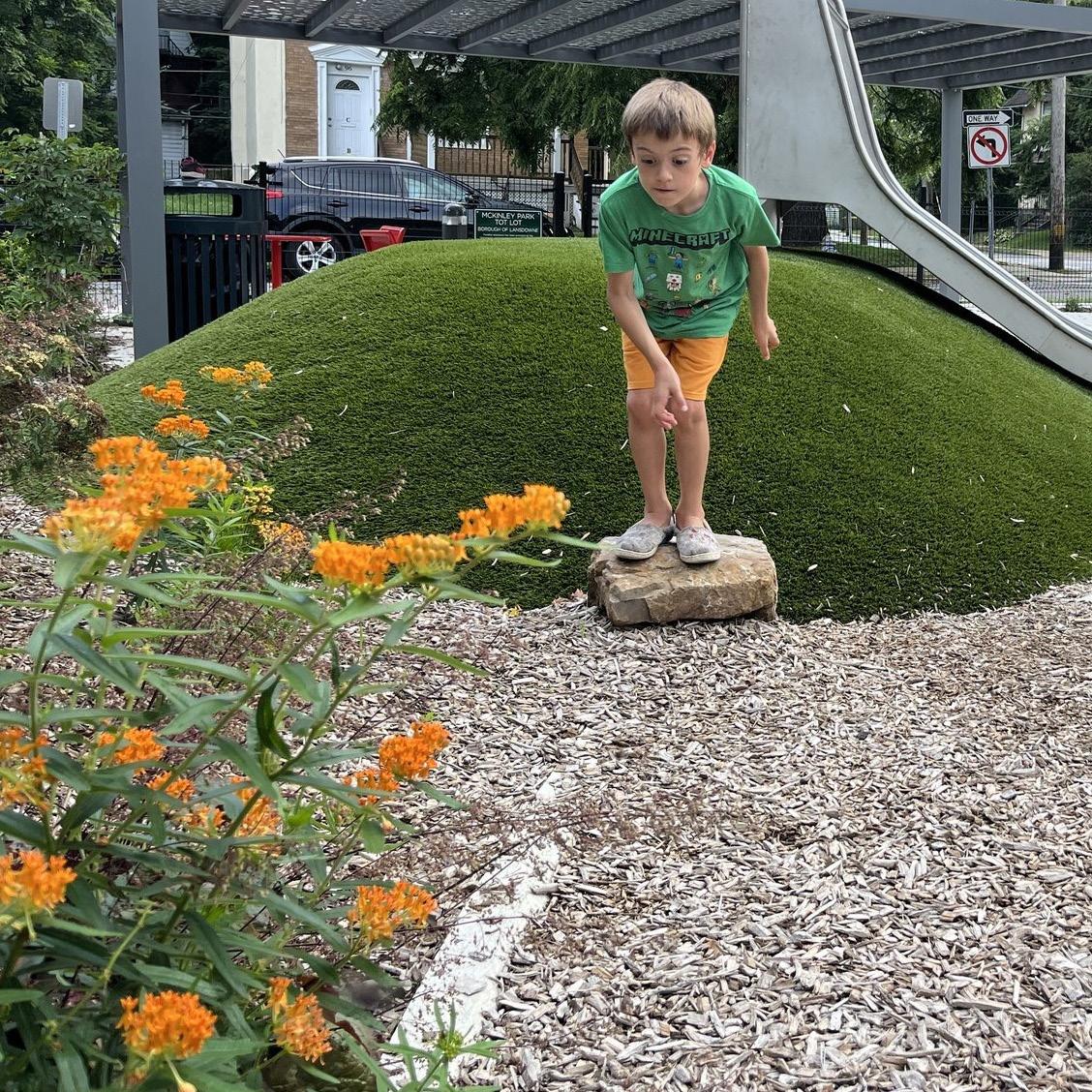

HALF USERS ARE OF PLAYGROUND NOT CHILDREN

PLAYGROUNDS MORE ACTIVITY MORE USERS 3X IN INNOVATIVE 2X WITH MATURE HAVE 2X MORE USERS TREES PLAYGROUNDS

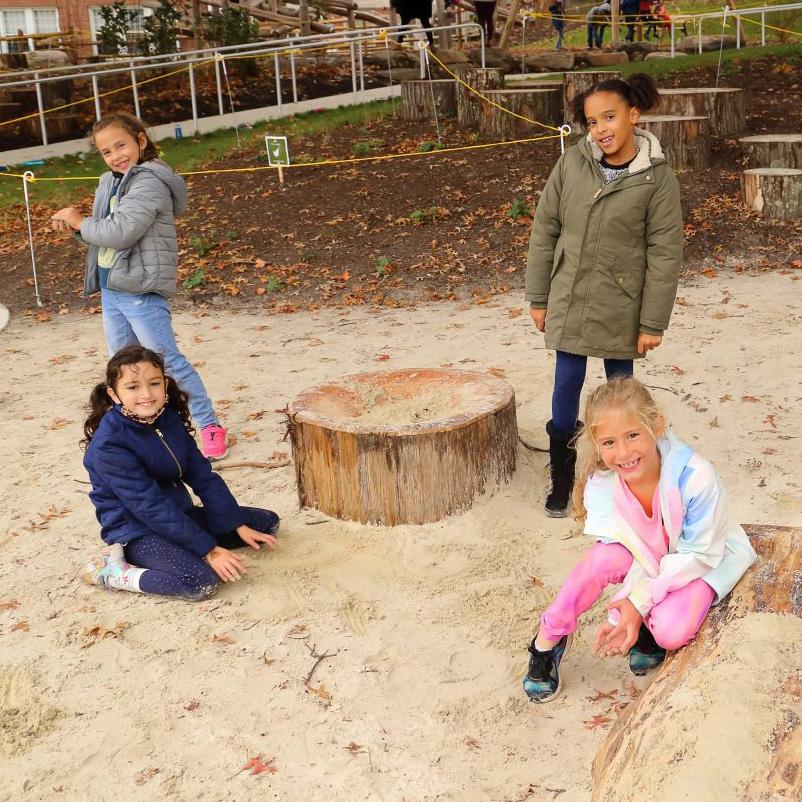
WITHIN 1/2 MILE OF A PLAYGROUND PEOPLE LIVING VISIT 5X MORE OFTEN

When compared with more traditional post and platform playgrounds, innovative playgrounds that have a diversity of play types, surfaces, and planted areas for play attracted 2.5x more users and generated 3x more physical activity. They also had 1/3 more users per square foot.
Context is the most important determinant of playground use. Playgrounds within 1/2 mile of residential areas have 5x more visitors than playgrounds further away. Siting playgrounds within easy walking and cycling distance of every resident should be a goal for all major cities.
Mature trees have more of an impact on playground use than any type of play equipment, bringing 2x more users. Even young trees and shrubs influence experience when well-sited in the play environment, fostering a feeling of enclosure, safety, and exploration.
Our most significant finding is that 1/2 of people in playgrounds are not children. The best play spaces are designed to support teens, adults, and seniors, along with children, to be more physically active, foster social connection, and rediscover their love of play.
We know that play is essential for community health and wellness, but space and money are finite resources.
Recent trends have shifted towards investments in large scale destination play environments, leaving many communities behind. We advocate for a more systems-based approach, balancing resources between destination playgrounds and a network of smaller local spaces, or “play patches”.
Our research shows that even small, simple interventions can provide great play when strategically sited, intentionally designed, and well cared for.
Based on our findings, we have developed a checklist of a great place to play. Regardless of project size or budget, utilizing the checklist ensures that a research-based approach to design will always result in great play memories.
The checklist is organized in three categories: Context and Environment, Physical Play, and Sensory Play. This booklet expands on each section, using our portfolio of small scale design projects to share strategies on how to craft remarkable places to play for all.

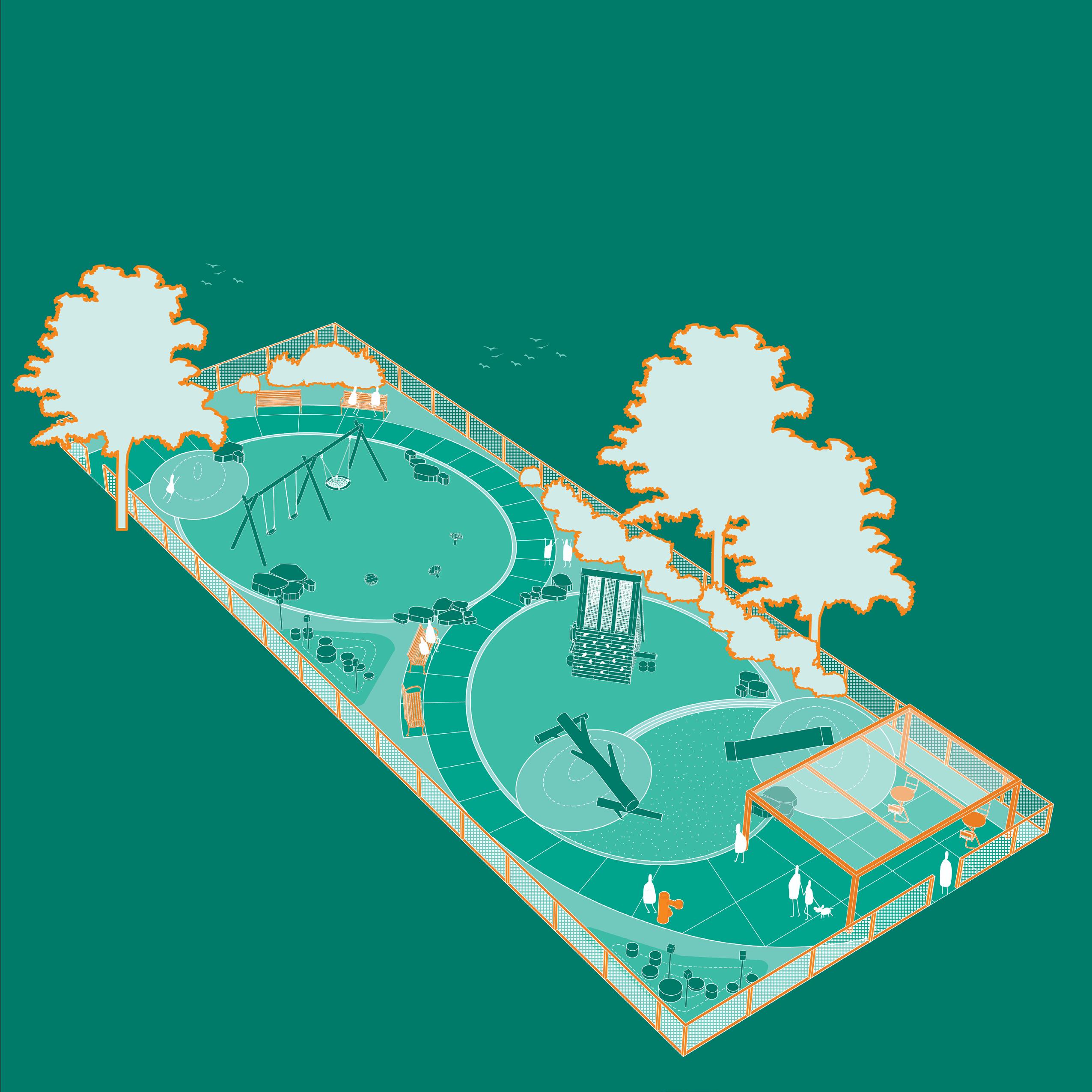
Context and environment play a significant role in supporting great play memories and experiences. As more than half of playground users are not children, it is as important to build a great place to stay as it is to build a great place to play.
There are 2x more people in playgrounds with mature trees
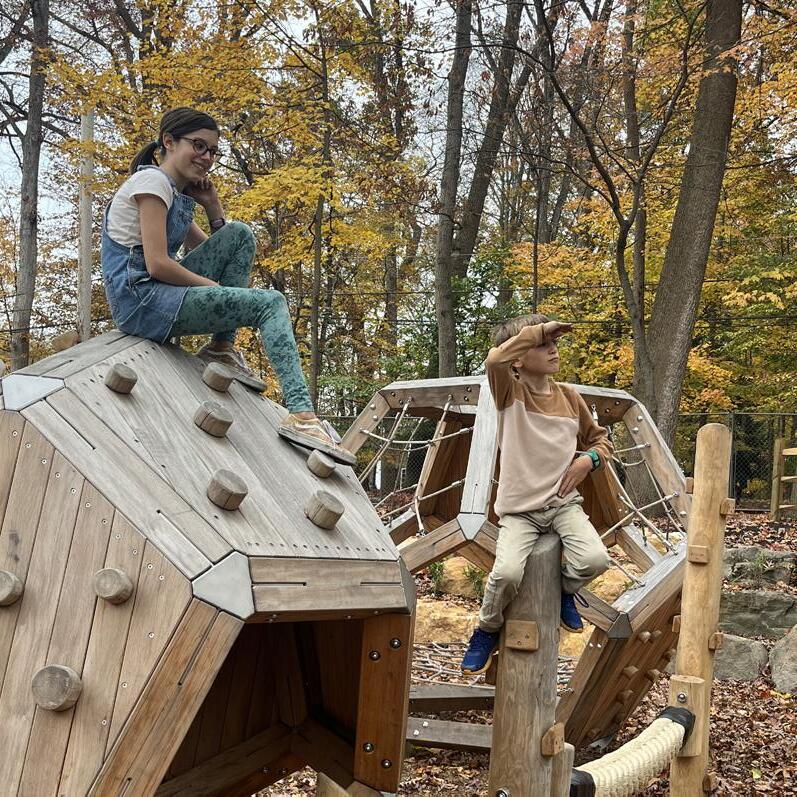
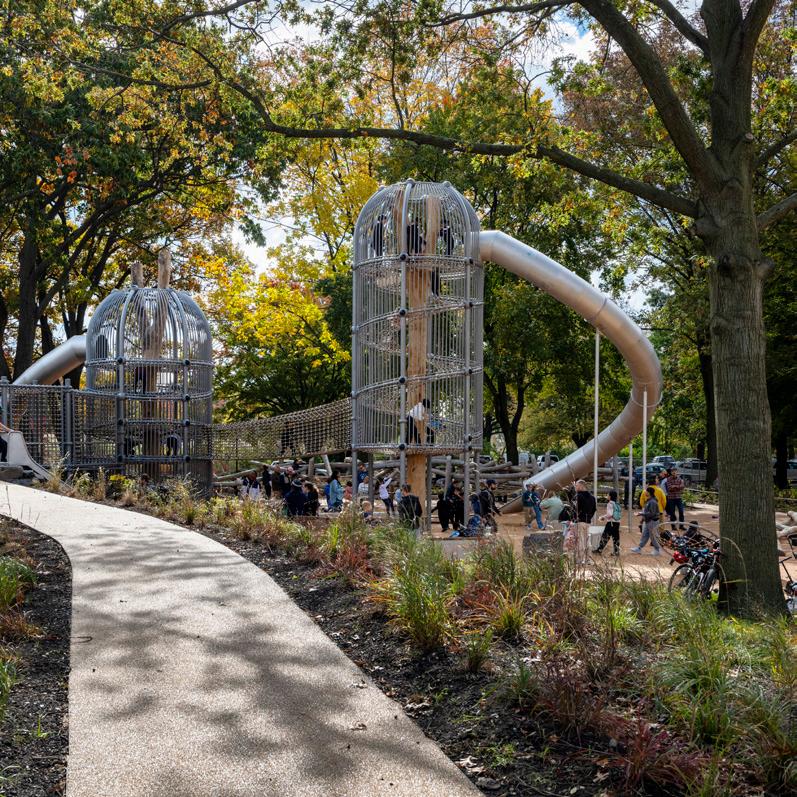


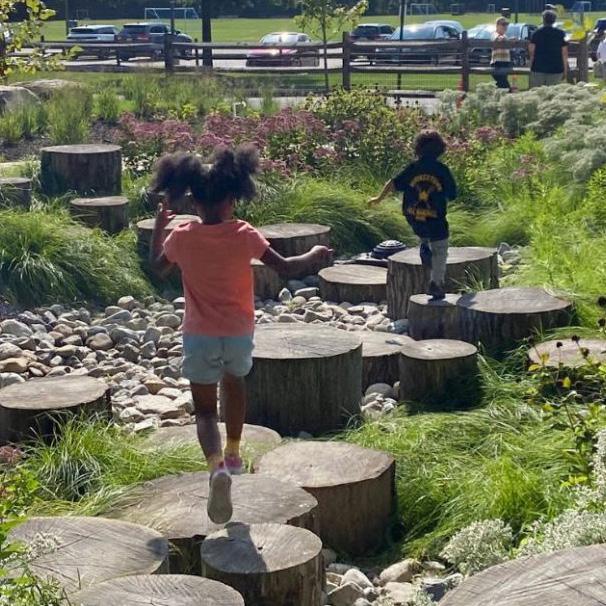
Restrooms, water fountains, benches, and tables significantly increase the number of users at a playground
Children are more active in play spaces with enclosure (planting/fencing) and clear sight lines


The best play spaces have a balance between natural and manufactured elements. Logs, boulders, and mounds offer unique, open-ended play opportunities, while swings, slides, and climbers support play for all ages.
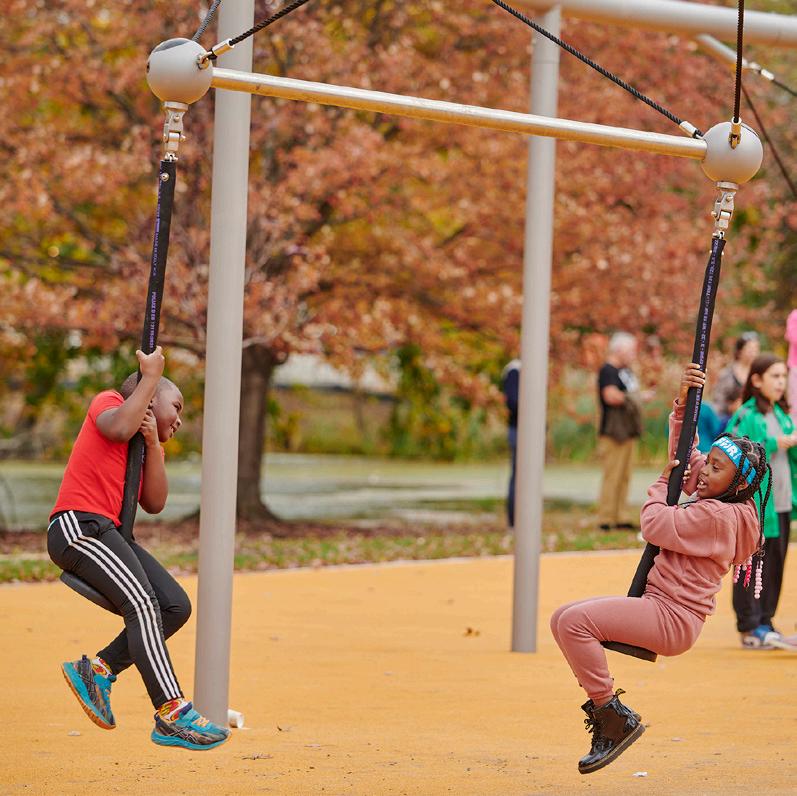
Swings are the most popular play equipment for all ages

Climbers are the second most popular play equipment for all ages

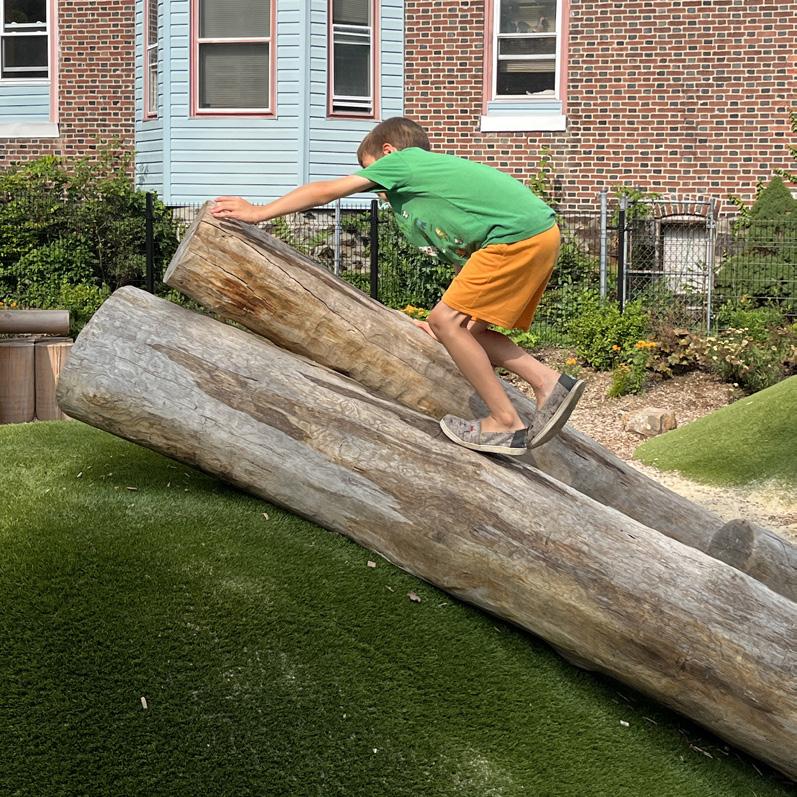
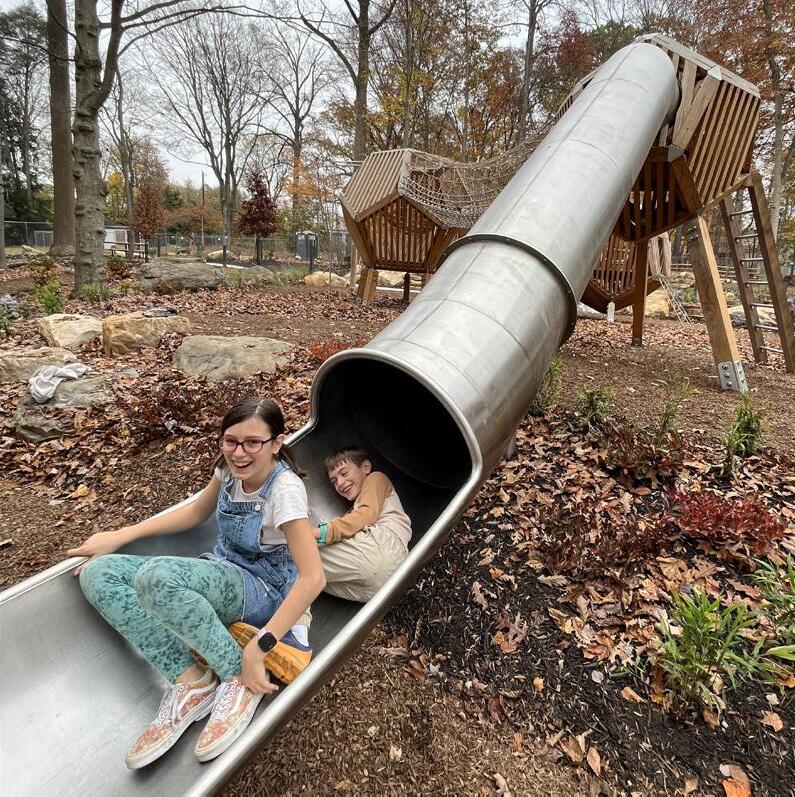

Playgrounds need a variety of heights to thrill and delight all ages
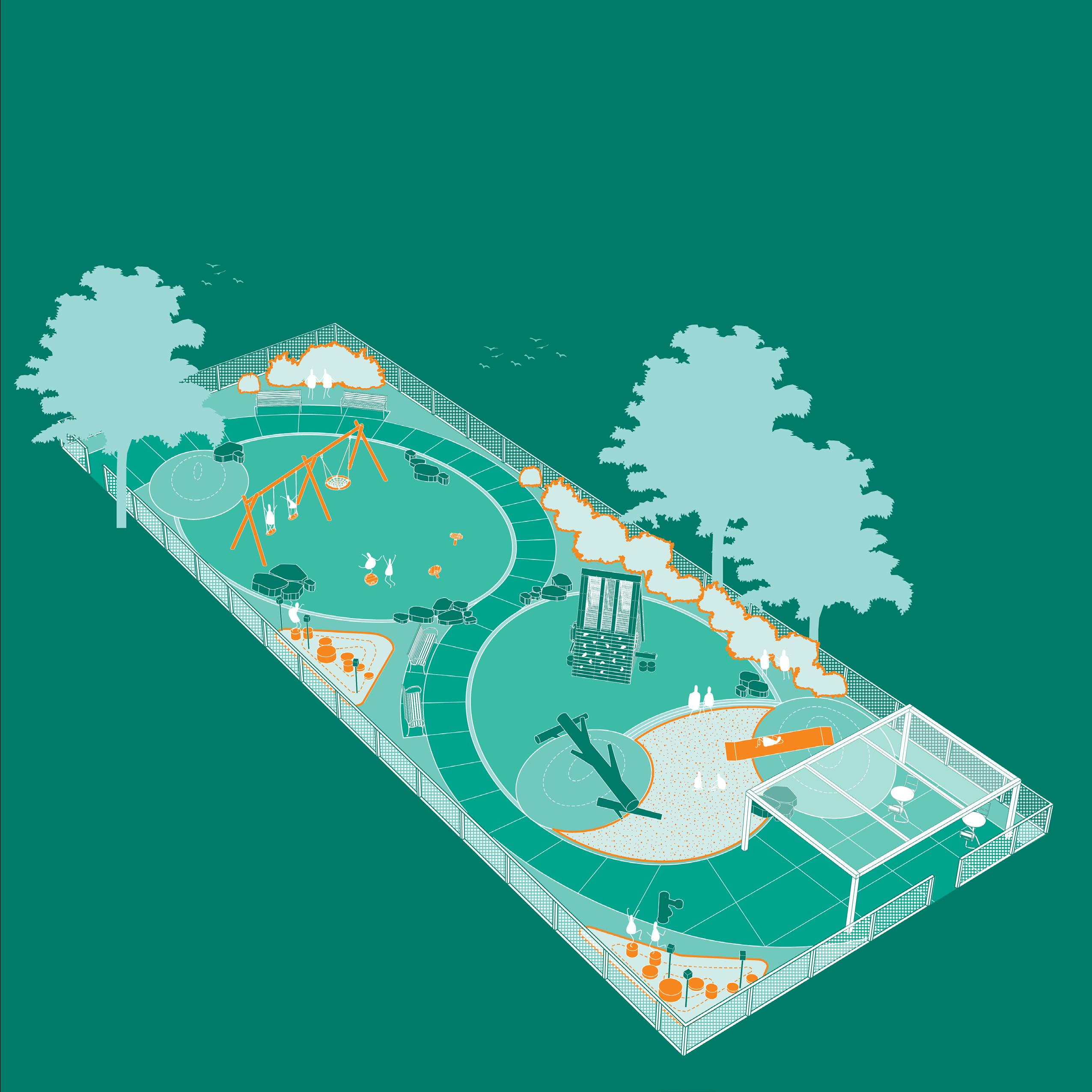
Play should engage all the senses. Moving quickly, by sliding, spinning, or swinging, lowers stress response and regulates emotions. Water play and looseparts like sand, sticks, and plants offer opportunities for discovery and agency.
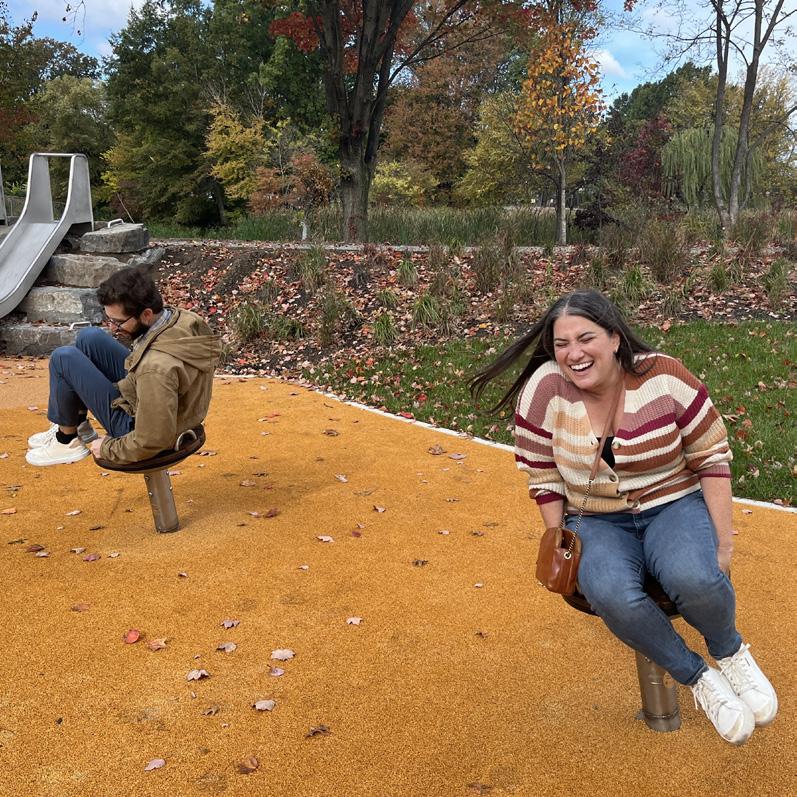
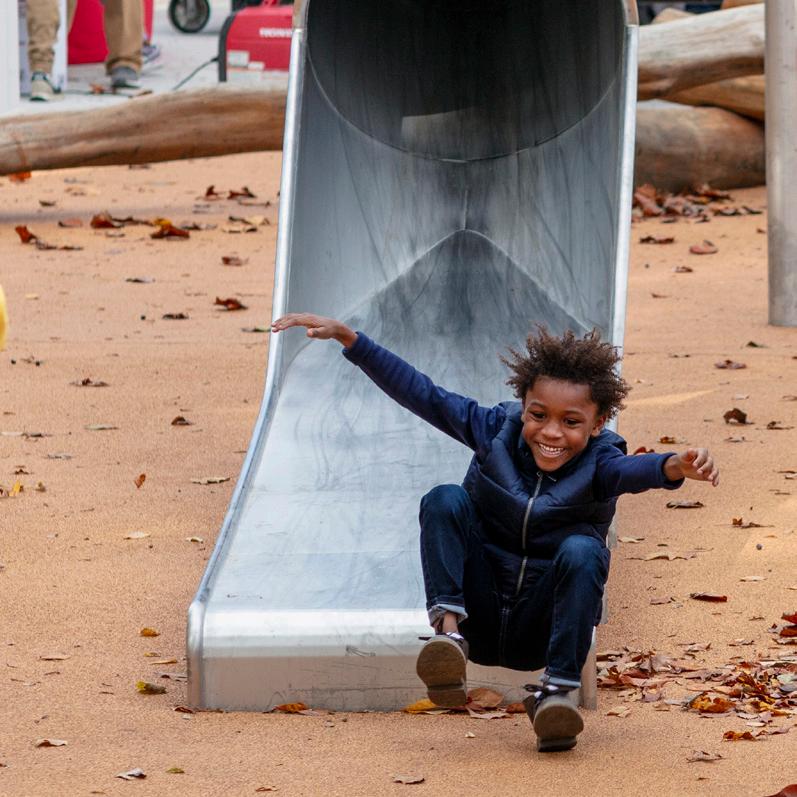
Children are almost 2x more active in water play, from sprays, to pumps, to rain gardens
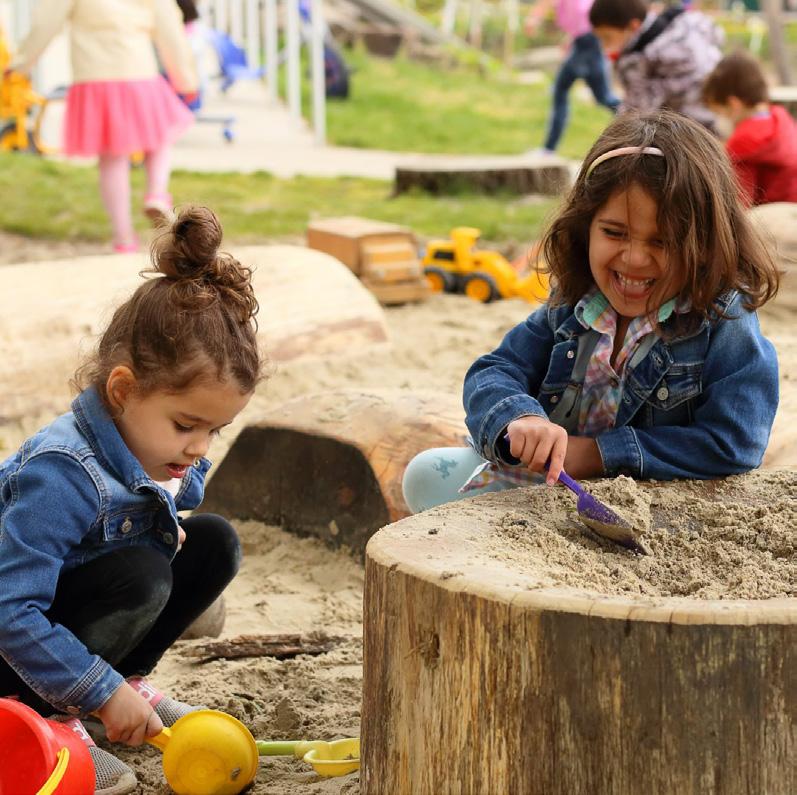
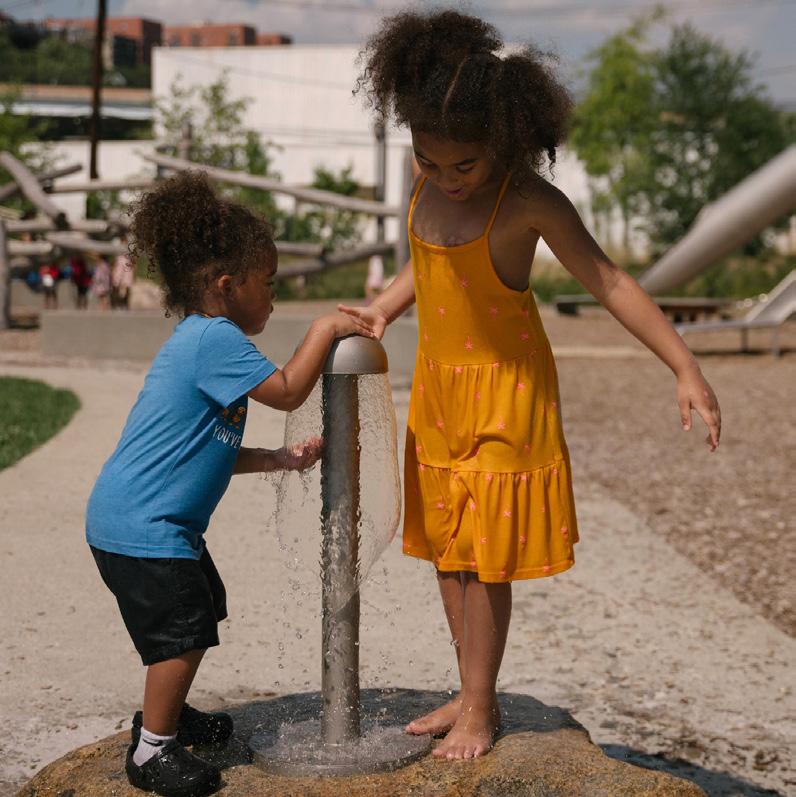
Loose parts are a low cost, small footprint addition that offer endless imaginative play opportunities
People love to move fast on tall slides, ziplines, swings, and spinners

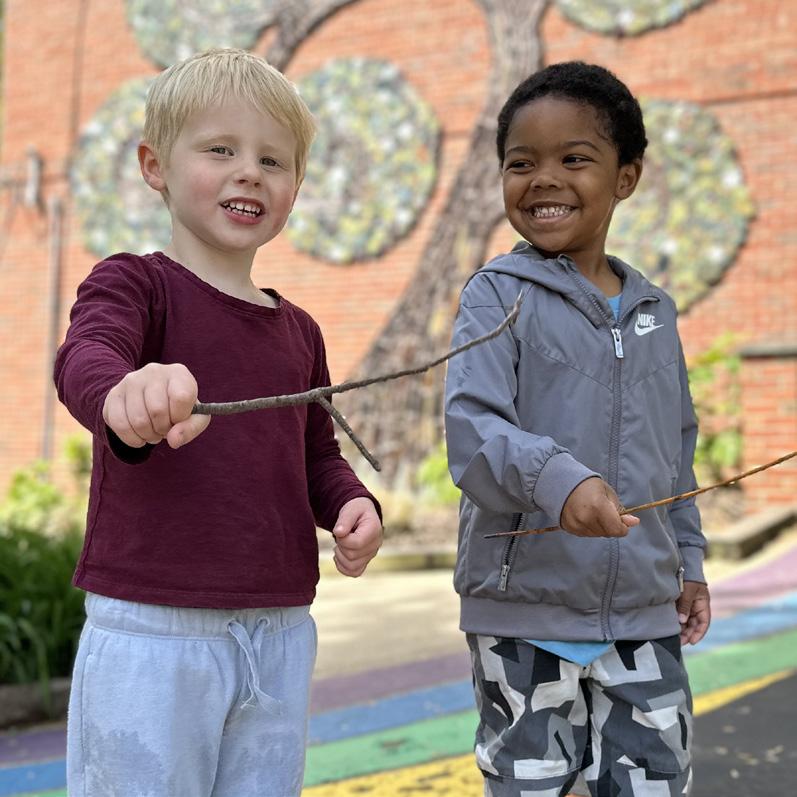
CONTEXT & ENVIRONMENT
PHYSICAL PLAY
SENSORY PLAY
Location (Within 1/2 Mile of Residents)
Trees (Preferably Mature)
Enclosure (Fencing, Planting)
Supports (Restrooms, Benches, Tables)
Swings
Climbers
Great heights
High speeds
Water play
Loose parts
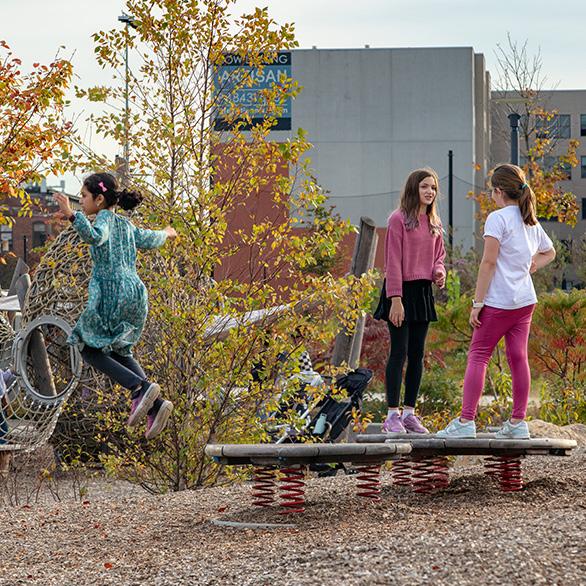

COVER
McKinley Park Tot Lot, Lansdowne PA, Photo Credit: Studio Ludo
PAGE 2
Moorestown Friends School, Moorestown NJ, Photo Credit: Peter Chollick
PAGE 5
Westtown Friends School, West Chester PA, Photo Credit: Studio Ludo
PAGE 6
Top Left - Anna C Verna Playground at FDR Park, Philadelphia PA, Photo Credit: Sahar Coston-Hardy
Top Right - Moorestown Friends School, Moorestown NJ, Photo Credit: Studio Ludo
Center - Moorestown Friends School, Moorestown NJ, Photo Credit: Peter Chollick
Lower Left - Elwyn Early Learning Center, Philadelphia PA, Photo Credit: Kat Kendon Photography
Lower Right - Anna C Verna Playground at FDR Park, Philadelphia PA, Photo Credit: Sahar Coston-Hardy
PAGE 8
McKinley Park Tot Lot, Lansdowne PA, Photo Credit: Studio Ludo
PAGE 11
Top Center - Benchmark School, Media PA, Photo Credit: Studio Ludo
Top Right - Anna C Verna Playground at FDR Park, Philadelphia PA, Photo Credit: Sahar Coston-Hardy
Center Left - Westtown Friends School, West Chester PA, Photo Credit: Studio Ludo
Center - Moorestown Friends School, Moorestown NJ, Photo Credit: Peter Chollick
Lower Left - Anna C Verna Playground at FDR Park, Philadelphia PA, Photo Credit: Sahar Coston-Hardy
Lower Center - Arches Playground, Omaha NE, Photo Credit: Jeff Durkin
PAGE 13
Top Left - Anna C Verna Playground at FDR Park, Philadelphia PA, Photo Credit: Albert Yee
Top Right - Moorestown Friends School, Moorestown NJ, Photo Credit: Peter Chollick
Center - Moorestown Friends School, Moorestown NJ, Photo Credit: Peter Chollick
Center Right - McKinley Park Tot Lot, Lansdowne PA, Photo Credit: Studio Ludo
Lower Left - Benchmark School, Media PA, Photo Credit: Studio Ludo
Lower Center - Anna C Verna Playground at FDR Park, Philadelphia PA, Photo Credit: Studio Ludo
PAGE 15
Top Left - Anna C Verna Playground at FDR Park, Philadelphia PA, Photo Credit: Studio Ludo
Top Center - Anna C Verna Playground at FDR Park, Philadelphia PA, Photo Credit: Sahar Coston-Hardy
Center - Hoboken ResilienCity Park, Hoboken NJ, Photo Credit: Caroline Gutman/ICN
Center Right - Moorestown Friends School, Moorestown NJ, Photo Credit: Peter Chollick
Lower Left - Moorestown Friends School, Moorestown NJ, Photo Credit: Peter Chollick
Lower Right - Moorestown Friends School, Moorestown NJ, Photo Credit: Peter Chollick
PAGE 17
Hoboken ResilienCity Park, Hoboken NJ, Photo Credit: OLIN
PAGE 18
Hoboken ResilienCity Park, Hoboken NJ, Photo Credit: The Jersey Journal
National Study of Playgrounds: The Influence of Design on Use and Physical Activity, in 60 Playgrounds in 10 US Cities, ISSUU, 2022. Studio Ludo, Cohen D, Talarowski M, Han B, Williamson S, Galfond E, Young D, Eng S, McKenzie T.
Playground Design and Physical Activity, American Journal of Preventive Medicine, 2022. Cohen D, Talarowski M, Han B, Williamson S, Galfond E, Young D, Eng S, McKenzie T.
Innovative Playgrounds: Use, Physical Activity and Implications for Health, Public Health, 2019. Talarowski M, Cohen DA, Williamson S, Han B.
The First National Study of Neighborhood Parks: Implications for Physical Activity, American Journal of Preventive Medicine, 2016. Cohen D, Han B, Nagel C, Harnik P, McKenzie T, Evenson K, Marsh T, Williamson S, Vaughan C, Katta S.
Playground Design: Contribution to Duration of Stay and Implications for Physical Activity, Environmental Research and Public Health, 2023. Cohen D, Talarowski M, Han B, Williamson S, Galfond E, Young D, Eng S, McKenzie T.
Playground Locations and Patterns of Use, Journal of Urban Health, 2023. Young D, McKenzie T, Eng S, Talarowski M, Han B, Williamson S, Galfond E, Cohen D.
DON’T STOP
GEORGE BERNARD SHAW
